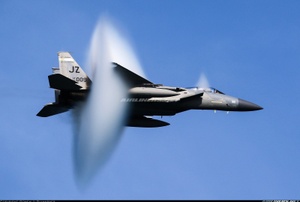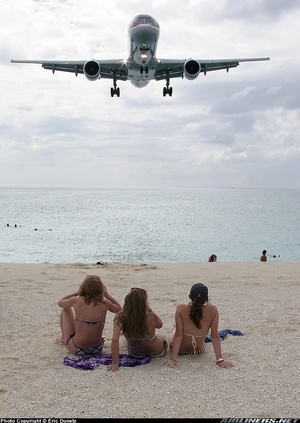Sino Swearingen SJ-30-2
Details
Country of Origin
United States of America
Type
Light corporate jet
History
The promising but oft delayed Sino Swearingen SJ-30-2 is a seven place entry level corporate jet.
The SJ-30 concept was for an advanced technology and relatively high performance, yet low cost entry level corporate jet. It will compete against the Cessna CitationJet/CJ1 and Raytheon Premier I.
Development work dates back to the SA-30 Fanjet which was announced in October 1986. Swearingen Engineering and Technology, under the leadership of Ed Swearingen (designer of the Metro and Merlin turboprops) began to design and develop the SA-30 for Gulfstream. Gulfstream planned to market the aircraft as the SA-30 Gulfjet, however it withdrew from the program in September 1989. Instead the Jaffe Group took Gulfstream's place. Construction of a prototype began in San Antonio, Texas, but in 1990 the Jaffe Group also withdrew from the then SJ-30 program.
The first SJ-30 prototype first flew on February 13 1991 and development progressed slowly until the 1994 announcement that Swearingen would form a joint venture with Taiwanese investors to create Sino Swearingen to build the SJ-30 at a new factory in Martinsburg, West Virginia.
Sino Swearingen decided to enlarge the basic SJ-30, resulting in the 1.32m (4ft 4in) stretched, increased wing span SJ-30-2. The SJ-30 prototype was modified to represent the SJ-30-2 and flew in this configuration in November 1996. The definitive, more powerful FJ44-2A turbofans were installed on this aircraft in September 1997. Three new build production representative prototypes are due to undertake a 1400hr flight test program (the first of these flew on November 30 2000), clearing the way for certification and first deliveries in the third quarter of 2003. An altitude of 49,000ft and a speed of M.83 in level flight had been reached in the test program.
Features of the SJ-30-2 include a Honeywell Primus Epic avionics suite with three 20 x 25cm (8 x 10in) colour, flat panel LCDs and IC-615 integrated avionics computer, a 32° swept wing, increased fuel capacity compared with the basic SJ-30 design, a Mach 0.80 cruise speed and a 4635km (2500nm) range.
Powerplants
Two 10.2kN (2300lb) Williams FJ44-2A turbofans.
Performance
High speed cruise Mach 0.80, long range cruising speed Mach 0.78 or 828km/h (447kt). Max certificated altitude 49,000ft. Takeoff balanced field length 1167m (3830ft). Range with one pilot and three passengers and NBAA IFR reserves 4635km (2500nm).
Weights
Empty equipped 3493kg (7700lb), operating empty 3583kg (7900lb), max takeoff 5987kg (13,200lb).
Dimensions
Wing span 12.90m (42ft 4in), length 14.31m (47ft 0in), height 4.34m (14ft 3in). Wing area 17.7m2 (190.7sq ft).
Capacity
Typically pilot and passenger (or copilot) on flightdeck (will be certificated for single pilot operation). Typical main cabin seating for five with four in a club arrangement and fifth seat opposite main cabin door.
Production
At late 2000 175 orders held. First deliveries scheduled for third quarter 2003.
Related Links
Sino Swearingen SJ-30-2
The backbone of this section is from the The
International Directory of Civil Aircraft by Gerard Frawley
and used with permission. To get your own copy of the book
click here.


















